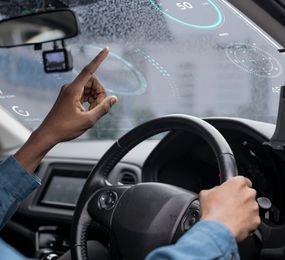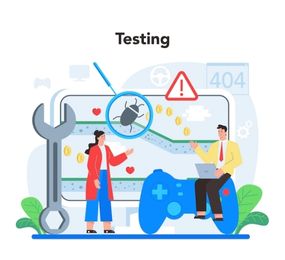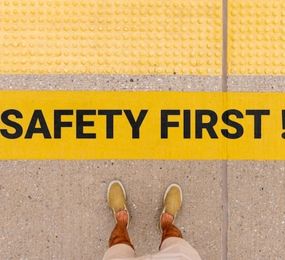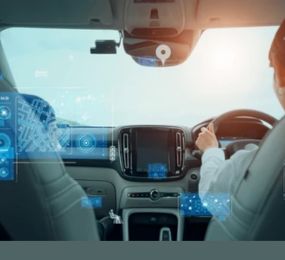The emergence of self-driving cars holds the potential to change both the automobile industry and how we travel. The creation and use of autonomous cars, however, also present a number of difficulties, notably in terms of assuring their security. The ISO 26262 functional safety standard is a vital instrument for overcoming these difficulties. The difficulties in implementing ISO 26262 in self-driving cars will be discussed in this article, along with solutions.
An international standard called ISO 26262 offers recommendations for enhancing future mobility's safety, particularly in the automotive sector. A number of steps and techniques for creating safety-critical systems are outlined in the standard, including hazard analysis and risk assessment, safety standards, and verification and validation.
The complexity of the systems involved is one of the main obstacles to implementing ISO 26262 in self-driving cars. Numerous sensors, cameras, and other parts that each have their own set of safety requirements make up autonomous vehicles. It is challenging to guarantee that all safety requirements are met and that potential hazards are recognized and eliminated due to this complexity.
Making sure the algorithms and software used in self-driving cars are dependable and safe is another difficulty. To do this, software development must be rigorous and include testing, verification, and validation. Also, it's important to guarantee that the program is safe from online attacks.
A further challenge is the need to ensure that self-driving vehicles are able to operate safely in a wide range of conditions and environments. Autonomous vehicles need to be able to react to a variety of potential dangers, such as other vehicles, pedestrians, bad weather, and road construction.
There are numerous ways that can be used to overcome these obstacles. One strategy is to create a thorough safety case for self-driving cars that shows all safety requirements have been met and that possible hazards have been identified and reduced. This necessitates a detailed comprehension of the systems at play as well as a strict methodology for risk analysis and hazard analysis.
Another strategy is to design software using a modular method, where each part of the system is created and tested separately before being incorporated into the whole. This method can help to ensure that all safety requirements are met and gives developers more control over the development process.
A third is to use sophisticated simulation and testing methods, such as hardware-in-the-loop testing and virtual testing, to confirm the safety of self-driving cars in a variety of environments.
In conclusion, implementing ISO 26262 in self-driving cars is difficult because of the complexity of the systems involved, the necessity to secure the security of the algorithms and software, and the requirement to ensure safe operation in a variety of conditions. However, it is possible to create self-driving cars that are reliable and safe by taking a thorough and rigorous approach to safety as well as by using cutting-edge testing and simulation techniques. The advantages of autonomous vehicles in terms of increased safety, increased mobility, and lower emissions ultimately make the difficulties of putting ISO 26262 into practice well worth the effort.
To find out more details about the Challenges for implementing ISO 26262 in self-driving vehicles, join us on 30th - 31st May, 2023 for the Automotive Functional Safety (ISO 26262) Forum, in Eurostars, Berlin, Germany.
To register or learn more about the Forum please check here: http://bit.ly/3XpGPk7.
For more information and group participation, contact us: [email protected]
















